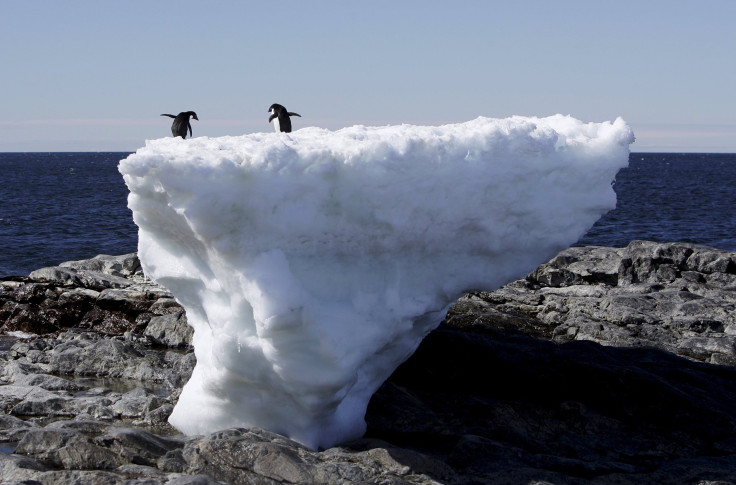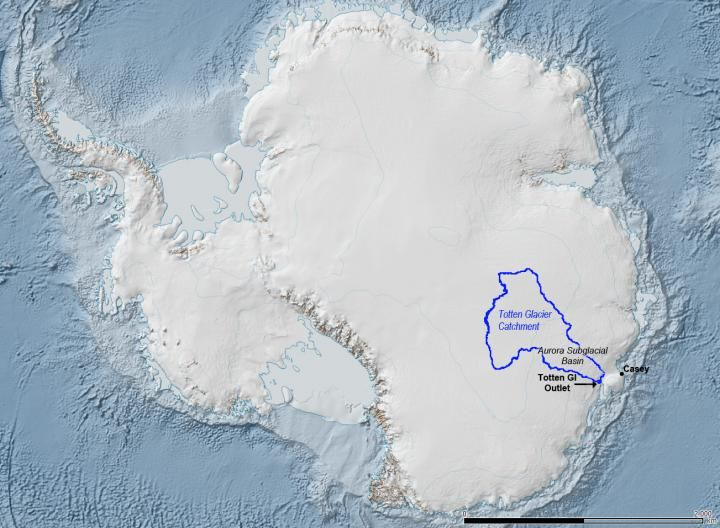Climate Change: ‘Fundamentally Unstable’ East Antarctica Glacier Heading Toward A Point Of No Return

Several recent studies have spotted an uptick in the melting of Antarctica’s floating ice shelves, which act as doorstops and hold back its glaciers and ice sheets from spreading outward into oceans. In some regions, the thickness of these shelves has fallen by as much as 18 percent over the past two decades — a process that has accelerated over the last 10 years.
Now, a study published Thursday in the journal Nature has revealed that regions of the gargantuan Totten Glacier — the most rapidly thinning glacier in East Antarctica — have become “fundamentally unstable,” and could, if they collapse, raise global sea levels by up to 2 meters.
“This is not the first part of East Antarctica that’s likely to show a multi-meter response to climate change, but it might be the biggest in the end, because it’s continually unstable as you go towards the interior of the continent,” lead author Alan Aitken from the University of Western Australia, told the Washington Post. “There’s multiple stages. But at each stage, we see a bigger contribution to sea level rise and a bigger proportion of contribution to sea level rise from this system. This system keeps going, and its role keeps increasing, as we get to bigger and bigger amounts of sea level rise.”

The Totten Glacier’s catchment covers an area bigger than California, with the depth of ice in some areas reaching over two-and-a-half miles. Although the glacier is, at first glance, indistinguishable from its surrounding areas, geologically, it is completely distinct.
The study, which used satellite data to determine the thickness of the ice sheet and the sediment thickness under the ice sheet, found that this glacier had retreated many times since the Antarctic ice formed nearly 30 million years ago.
“By examining the characteristic patterns of erosion left by past ice sheet advance and retreat, revealed through mapping the topographic surface and the thickness of sedimentary rocks beneath, this paper demonstrates direct evidence of past changes in the ice sheet in the Totten region,” Aitken said in a statement. “If this was to happen again, with a warmer climate than today, it could lead to a rapid rise in sea level.”
Over the past 100 years, as the planet continues to heat up, global average sea levels have risen nearly 7 inches. Some estimates suggest that if Antarctica’s ice sheet melts completely, it would raise sea levels by over 200 feet — enough to flood the planet's land masses. Although this is not something that is likely to happen anytime soon, the latest study is one of the many pointing toward a warming trend on the continent.
© Copyright IBTimes 2024. All rights reserved.






















